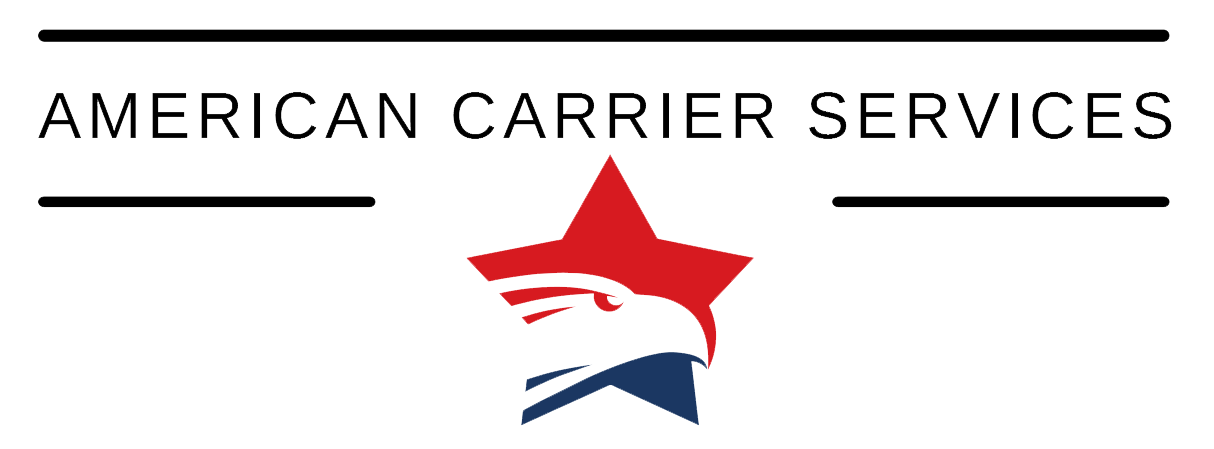Understanding the DOT Drug and Alcohol Clearinghouse
The Drug and Alcohol Clearinghouse, mandated by the Moving Ahead for Progress in the 21st Centure (MAP-21) highway bill of 2012, effective January 6, 2020, requires registration by drivers, employees, consortium / third-party administrators, and medical review officers and substance abuse professionals.
To help you assure that you as an employer remain in compliance, we have outlined a few of the requirements of the DOT Clearinghouse.
Reporting
Employers and other participants in FMCSA-mandated drug and alcohol testing programs will have to abide by the reporting requirements as they pertain to testing. Employers, Medical Review Officers, Substance Abuse Professionals, Consortiums and Third party Administrators will now have to report any positive drug and alcohol results to the Clearinghouse (including alcohol results with a blood alcohol content greater than .04, refusals to test, and any other non-testing violations). Employers have until the close of the third business day following the date information of the violation was obtained.
Similarly, employers are required to report any “actual knowledge” violations within three business days of the date of violation. The employer must include the date, time and detailed description of the violation, as well as names and contact information for any witnesses to the event. The employer must include any and all evidence that they have to support the allegation of the violation. If the owner is unable to provide written, video or audio evidence, the employer must attest to the allegation in an affidavit. The owner is also required to verify that they provided all of the submitted evidence to the violating employee.
In addition, there will be strict regulations concerning the time frames for reporting drug and alcohol screening results from the MRO. For example, if a previously reported test is later canceled by an MRO, he/she will have one day to report this change to the Clearinghouse.
Running Searches
The new mandate adds a step to the hiring process for employers, as well as to the maintaining of records for safety-sensitive staff. All FMCSA safety sensitive companies will have to register with the Clearinghouse, and identify their Consortium and Third Party Administrators. This means owners will have to designate a Consortium / Third Party Administrator of their drug and alcohol screenings before they can register for the Clearinghouse.
Employers will have to query the system through an online search of the Clearinghouse for violations that would prohibit the prospective driver from performing safety-sensitive functions, such as driving a Commercial Motor Vehicle. No driver will be permitted to perform any safety sensitive function without first being subjected to this query. Employers will be required to query the database at least once every year for their current employees. Employers will need to register their company and pay a fee to access the Clearinghouse. Prospective employees will also need to log in to the Clearinghouse and authorize the release of their records to their employer.
The Clearinghouse will offer two types of queries to employers: a full query or a partial query. The full query will require the driver’s specific consent to release the information in the Clearinghouse to the requesting party and it covers all the records that the Clearinghouse contains. A partial query allows an employer to determine if any information about an individual driver exists in the clearinghouse, but does not provide for the release of any specific violation information.
Drivers
The Clearinghouse also offers some added clarity and protection to the drivers it covers. Drivers will have the ability to register and query the database to review their own records or determine the status of information in their record at no cost. In addition, the Clearinghouse will notify a driver by mail (unless they have opted to receive electronic notifications) any time information about the driver is added, changed, or removed. Another important feature of the Clearinghouse for drivers is the way their information will be categorized. Rather than utilizing Social Security Numbers, the Clearinghouse will store driver data by CDL number and date of birth.
Conclusion
It is important for FMCSA-regulated companies to familiarize themselves with the Clearinghouse regulations and to make sure that they are in compliance with their internal policies and procedures.
If you have any other questions or need further assistance, please call us at 877-352-1996.
